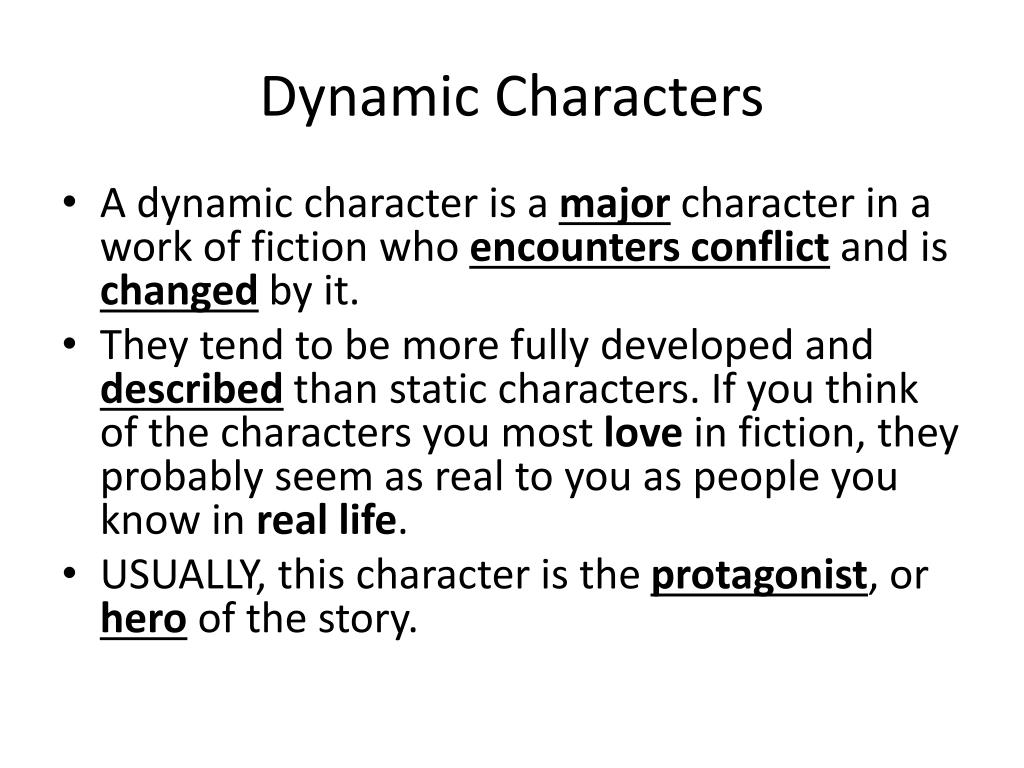


- #Compare and contrast static and dynamic flexibility. software
- #Compare and contrast static and dynamic flexibility. plus
#Compare and contrast static and dynamic flexibility. software
Hence, as you can imagine for any given projector, while the static contrast ratio stays within the range of a few hundred to a few thousand: 1, the dynamic ratio skyrockets to several hundred times that.īecause dynamic contrast enhancement is owed to the software and the additional unit components, there can be a significant disparity in the dynamic contrast of products offered by different manufacturers and also those from the same manufacturer. In simpler words, the dynamic contrast range is the contrast ratio that a projection unit is capable of after the effect of all the bells and whistles is added to the native contrast ratio. So, think of this as a value that is an enhancement over the static contrast capability of the chip. READ MORE: Which Projector Is Right For You: DLP, LCD, or LED Projector? What is dynamic contrast ratio?ĭynamic contrast refers to a theoretical range of contrast that the display is capable of. In other words, this term is a description of what the panel is capable of offering in terms of contrast performance. For example, an LCD projector will have a different contrast ratio as compared to a DLP projector even when all other factors are held constant.Īlso known as native contrast, the static contrast ratio reflects the tested results of the performance of the LCD panel or the DLP chip when it was made. Static contrast ratio refers to the contrast ratio offered by the projection technology used in the unit. When discussing the contrast ratio of your projector, you are also likely to encounter two more related terms: Static and Dynamic.
#Compare and contrast static and dynamic flexibility. plus
While a contrast ratio of 1000:1 is considered adequate for most projectors and screen types when you opt for a high-end projection unit like the WEMAX Nova, you get a whopping contrast ratio of 3000:1 plus HDR 10 Support, now that's called hitting the ball out of the park. In terms of actual figures, a contrast ratio of 2000:1 indicates that the white displayed by the projector is 2000 times brighter than the black displayed in the images. So, a deep red may appear brown while a vibrant pink may not come across as striking if the display has a low contrast ratio.īecause contrast ratio is an indication of how brilliant the brightest shades and white are as compared to the darkest hues and black, the higher the ratio the more vibrant will be the display, and the clearer and sharper will be the images. These issues impact the ability of the display to relay black and white and also the darker and lighter shades of all colors. A similar effect will be experienced if the black is displayed as a shade of grey or blue instead of pure black. If the white isn't as brilliant and as pure as it should be, the image will appear dull and not bright enough. The white may come with a bias, which means it will have a tinge of another color either sienna, green, or blue.

Now, like other forms of display, projectors can have one or both of the following problems when displaying white and black. Simply put, the contrast ratio is a comparison of the brightness of the brightest white and the denseness of the darkest black that the projector can produce.


 0 kommentar(er)
0 kommentar(er)
